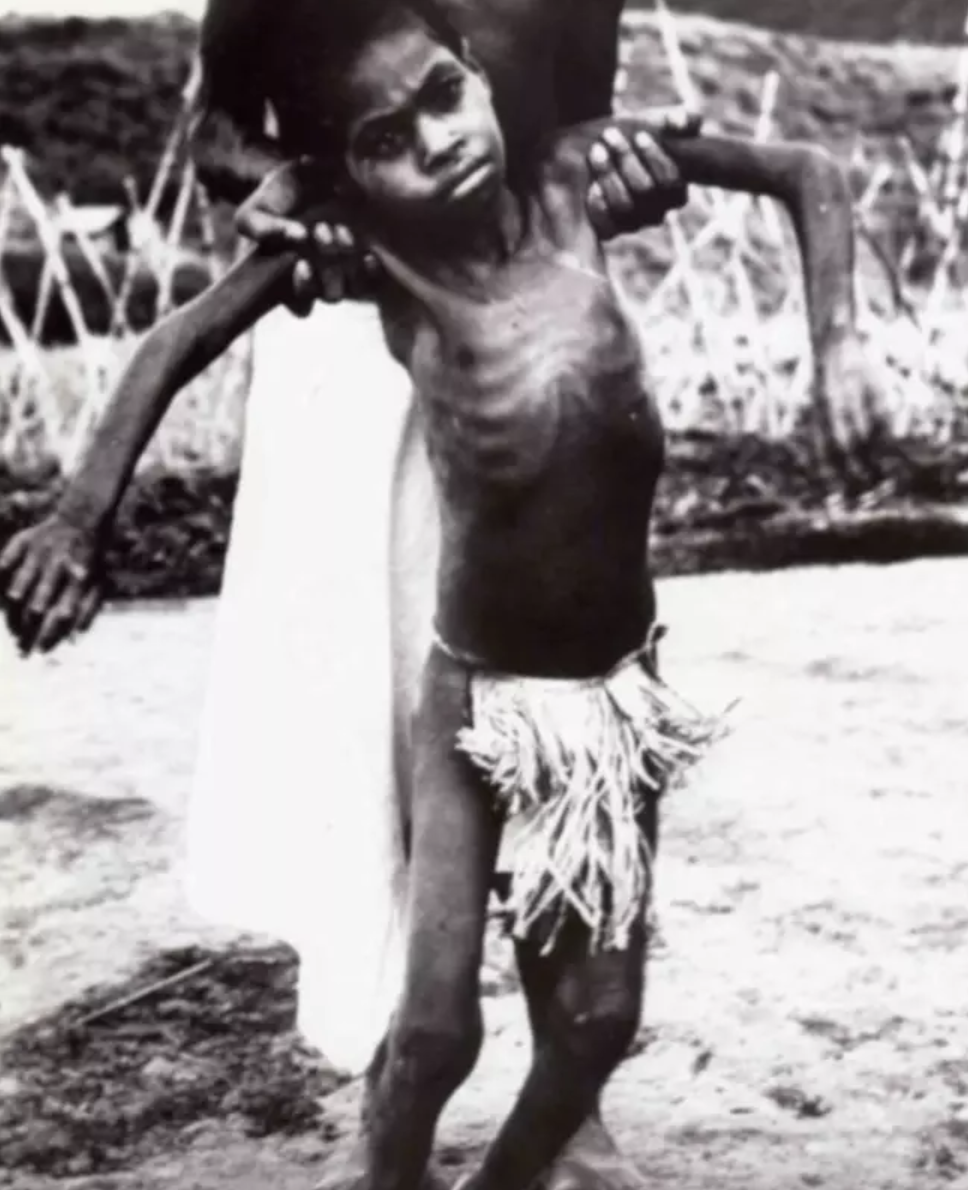It was caused by a gruesome practice as well
Whilst many diseases continue to impact millions of people across the world every day, the huge strides in medical science taken over the last 100 years mean that we are much better placed to treat almost any disease.
The fatality rates for many of these have fallen thanks to the advances in science, but this isn’t the case for all diseases.
And there’s one disease that can probably stake a good claim for being the deadliest in the world, and had a fatality rate close to 100 per cent.
The kuru disease was first discovered in the 1950s in highland villages in Papua New Guinea.
Australian researchers found that among a tribe of about 11,000 people called the Fore, up to 200 people a year had been dying of an inexplicable illness.
They gave it the name ‘kuru’, which means ‘shivering’ or ‘trembling.’
For those who had the disease, their demise would take place over the course of a year or two. First, they would struggle to walk before losing control of their limbs. Then, they’d lose control of their emotions. Eventually, they would be unable to move, feed themselves or control their bodily functions, NPR reports.
There was no cure for the disease and people would usually due within a year, according to Healthline.
After years of trying to work out what caused the disease, researchers eventually concluded it was caused by a pretty gruesome ritual the tribe performed – eating dead bodies at funerals.

The tribes would eat the brains of dead people as part of funeral ritual. A twisted protein, prion, in contaminated brain tissue would then cause the kuru disease.
The prions would compel normal proteins on the surface of nerve cells in the brain to twist like them, eventually managing to kill pockets of nerve cells in the infected person’s brain.
Kuru was most common in women and young children, as they were the ones who would eat the deceased’s brain, whilst the men would eat the muscles.
Although the brain-eating stopped in the 1960s, the disease continued for many years after due to its long incubation period, which was usually between 10 and 13 years, although some case of 50 years or longer have also been reported.
Thankfully, kuru is extremely rare and zero deaths have been reported since 2010.
According to researchers at Curtin University in Australia, the last person to die from kuru was in 2009.
The team had tracked kuru cases for decades, and declared the epidemic over in 2012.
Related links:
Woman gets giant head tattoo as a ‘F you’ to cancer after losing her hair to the disease
Single bite of Thai dish can give you liver cancer
Ashton Kutcher opens up about rare disease that left him unable to see or walk












































